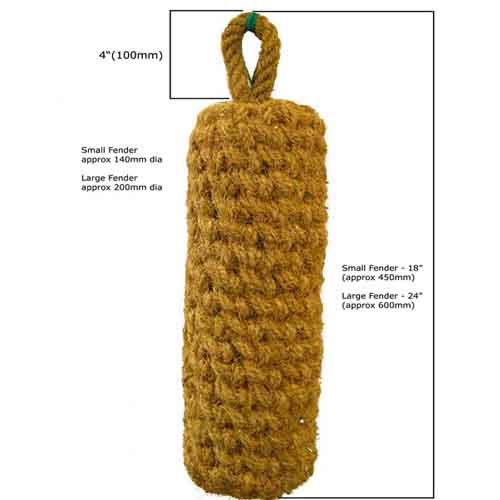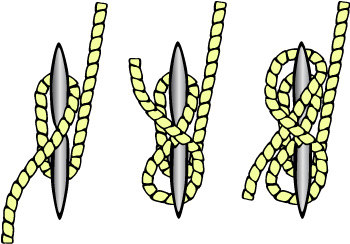Without any disasters…

It goes without saying that mooring is a vital aspect of boating. While it isn’t rocket science, mooring is the difference between securing your boat in an appropriate place, or crashing into something uninviting – or worse, floating away.
There are various ways to approach mooring. People have varied preferences when it comes to knots, rope choice, roles within the crew… but ultimately, you’re just after something efficient and safe. So, whether you haven’t a clue where to start, or simply need a refresher, here’s our advice.
PRACTICE, PRACTICE, PRACTICE
Just like anything, mooring requires practise. Don’t expect to smoothly park your boat in a chock-a-block marina on your first attempt. Start small, get to grips with the procedure, and take it from there. Mooring shouldn’t be a frantic rush, but rather a controlled manoeuvre which you feel comfortable doing.

BE PREPARED
Your crew should know what the plan is well in advance to minimise stress and confusion during mooring. Have lines ready and tuck any obstructions well inside the boat. Assign roles. Who is going to step off the boat first? Who is the best at tying knots? Keeping everyone on the same page is the perfect recipe for a smooth procedure.
LOOK OUT
Make sure you’ve picked a spot that isn’t going to damage your boat. Look for hazards such as rocks and tree stumps, or even branches that may block your view or scratch your windscreen. Also avoid locks and bridges.
If you’re after extra protection for your boat, fenders are a great investment. These hang beside your boat, taking the impact if you bash into something. Feel free to browse our selection of fenders at ropelocker here.

GO AGAINST THE TIDE
Even if this means turning the boat around, make sure you’re travelling against the tide. This will give you much more control.
KNOW YOUR KNOTS
When it comes to mooring, there’s several knots that can be used. A clove hitch is a popular choice when tying to dock posts for temporary mooring. This is a simple knot, but it can slip if there isn’t constant pressure on the line.

Image: Wikimedia
Cleat hitch knots are also an easy one to get your head around. They look neat and are quick to untie when you’re done.

Image: Wikimedia
There’s many more knots that will do the trick. As long as you feel confident tying it – and it wont come undone, of course – it’s all down to personal preference.
But if you need a little help, ropelocker have a range of useful books and guides available. Why not keep a copy on board to ensure you’re prepared for any knot-related challenge?

GET THE BEST ROPES
Your mooring ropes need to be strong and suitable for the job. If you’re unsure what to pick, have a read of our blog post about ropelocker’s range of mooring lines.
